
|

|
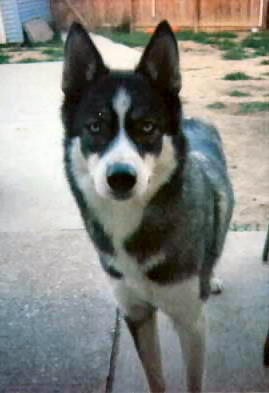
Black and Silver Siberian husky
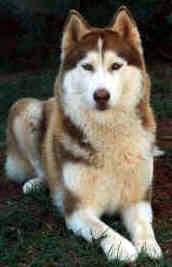
Copper Siberian husky

Medium Grey Siberian husky
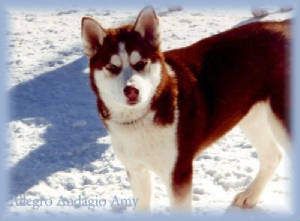
Red Siberian husky
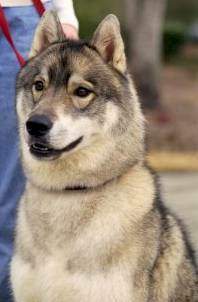
Sable Siberian husky
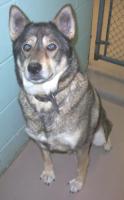
Wolf Grey Siberian husky
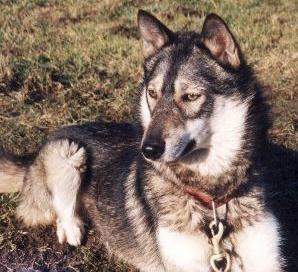
Agouti Siberian husky
|

|

|

|

|

|
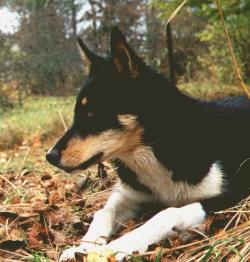
Black and tan Siberian husky
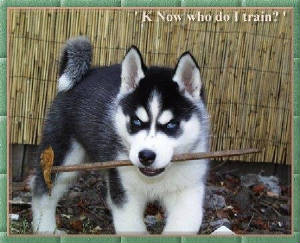
Black and White Siberian husky

Jet Black Siberian husky
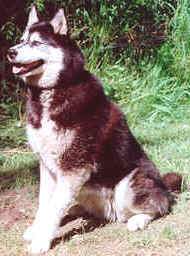
Reddish Black Siberian husky

Brown Siberian husky

White Siberian husky
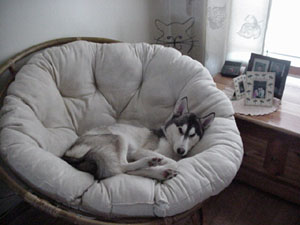
Silver Grey Siberian husky
|

|

|

|

|
The Siberian Husky was originated by the Chukchi people of northeastern Asia as an endurance sled dog. When
changing conditions forced these semi-nomadic natives to expand their hunting grounds, they responded by developing a unique
breed of sled dog, which met their special requirements and upon which their very survival depended. The Chukchis needed a
sled dog capable of traveling great distances at a moderate speed, carrying a light load in low temperatures with a minimum
expenditure of energy. Research indicates that the Chukchis maintained the purity of their sled dogs through the 19th century
and that these dogs were the sole and direct ancestors of the breed known in the United States today as the Siberian Husky.
Shortly
after 1900, Americans in Alaska began to hear accounts of this superior strain of sled dog in Siberia. The first team of Siberian
Huskies made its appearance in the All Alaska Sweepstakes Race of 1909.The same year, a large number of them were imported
to Alaska by Charles Fox Maule Ramsay, and his team, driven by John "Iron Man" Johnson, won the grueling 400-mile race in
1910. For the next decade, Siberian Huskies, particularly those bred and raced by Leonhard Seppala, captured most of the racing
titles in Alaska, where the rugged terrain was ideally suited to the endurance capabilities of the breed.
In 1925,
the city of Nome, Alaska, was stricken by a diphtheria epidemic and supplies of antitoxin were urgently needed. Many sled
dog drivers, including Mr. Seppala, were called upon to relay the lifesaving serum to Nome by dog team. This heroic "serum
run" focused attention upon Siberian Huskies, and Seppala brought his dogs to the United States on a personal appearance tour.
While here, he was invited to compete in sled dog races in New England, where the sport had already been introduced. The superior
racing ability and delightful temperament of Seppala's Siberian Huskies won the respect and the hearts of sportsmen from Alaska
to New England. It was through the efforts of these pioneer fanciers that the breed was established in the United States and
that AKC recognition was granted in 1930. Many Siberian Huskies were assembled and trained at Chinook Kennels in New Hampshire
for use on the Byrd Antarctic Expeditions. Dogs of the breed also served valiantly in the Army's Arctic Search and Rescue
Unit of the Air Transport Command during World War II.
|

|

|

